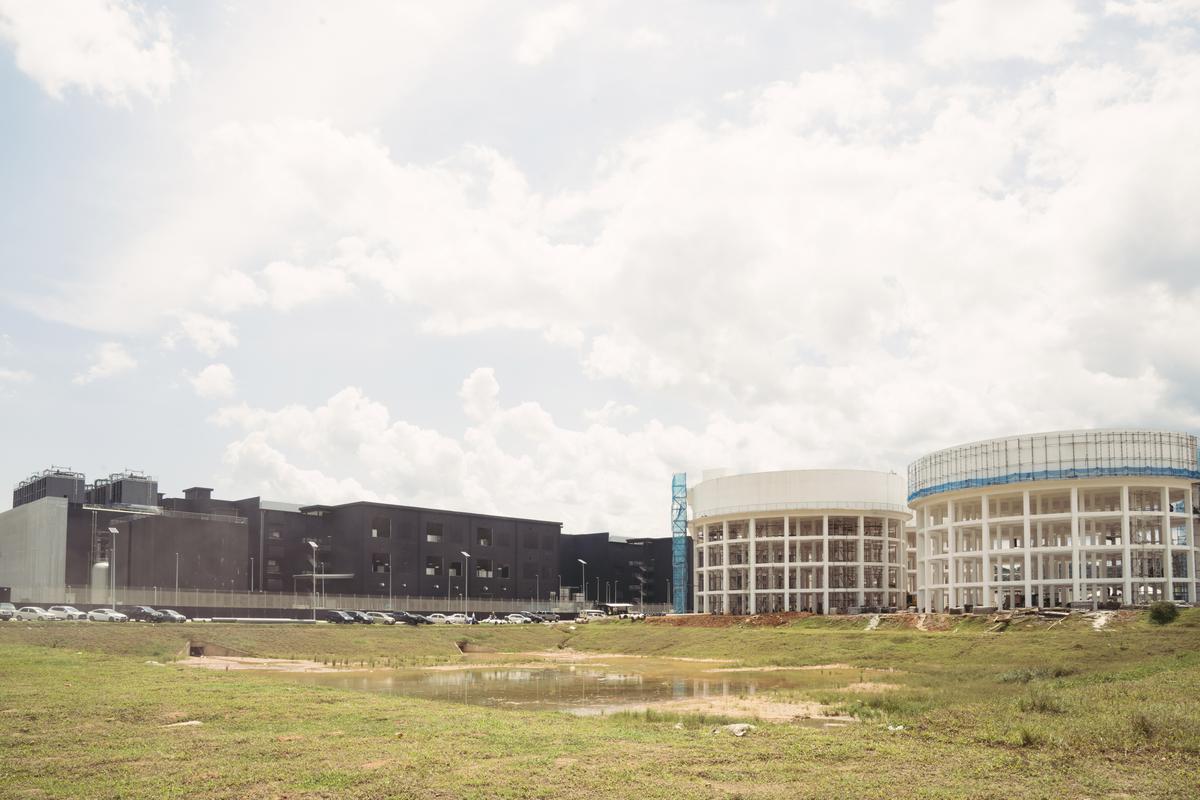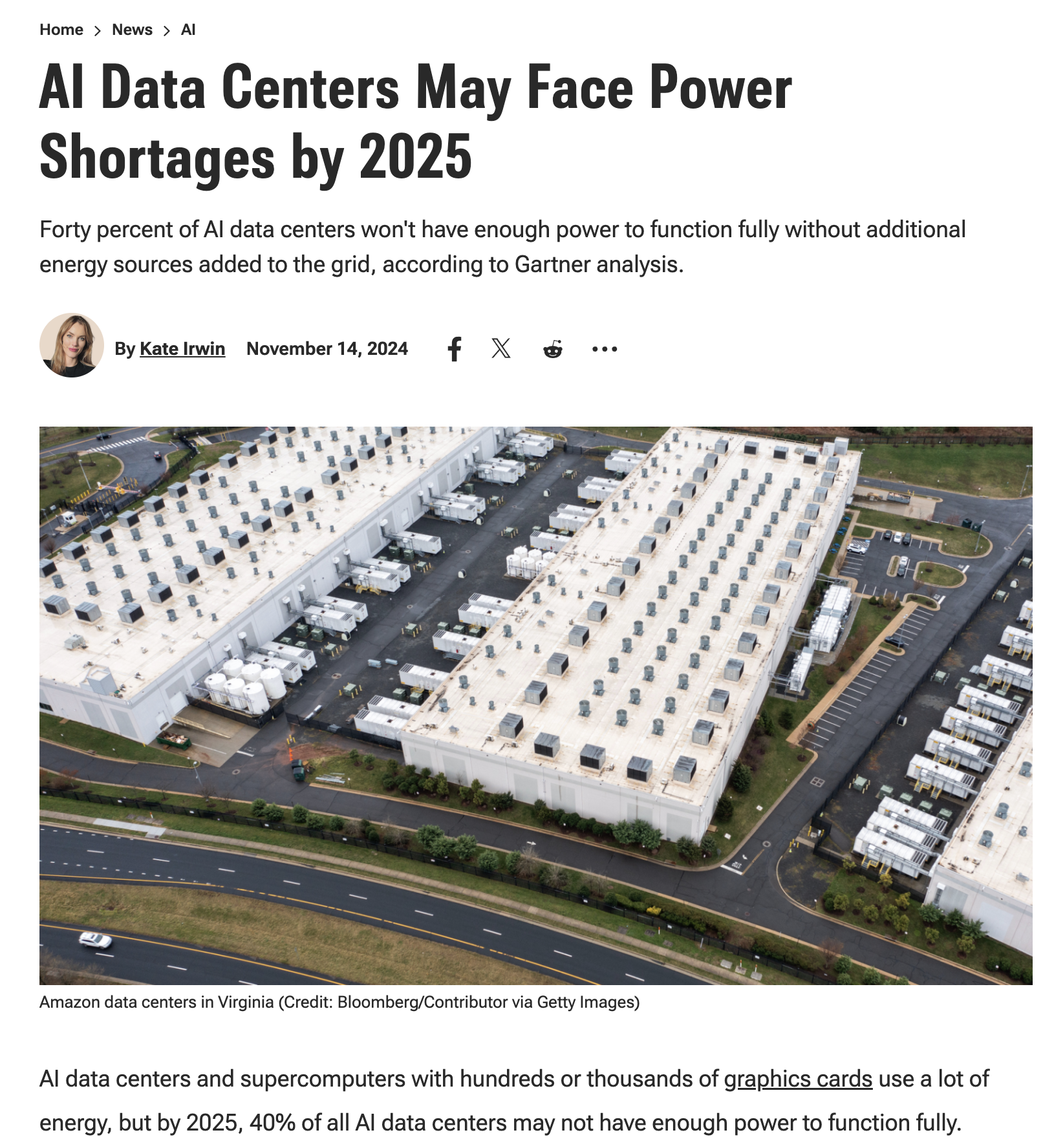GTG Links 55 – Look ma, I'm in the Post!

Welcome back. We're in the Washington Post today talking about how, while extremely good, energy efficiency in gaming does not get us to 100% net zero emissions on its own. Maybe that's obvious? Maybe it's not! We also need more more more renewable energy baby, and a bunch of other things to align (like an industry standard for how to measure and report GHG emissions yes?). Some of those don't make it in, but there's also some industry luminaries like Xbox Sustainability head Trista Patterson, P4PA's Sam Barratt, and friend-of-GTG Kara Stone, creator of Solar Server & Known Mysteries.

Riot’s annual impact report came out recently

For whatever reason though, we don't get any emissions disclosures – but they have now set near-term SBTi net zero targets (good), and a 2050 net zero target (also good), but the proof is in the pudding. Without actual GHG emissions figures... how will be know if they're on track? What's included in the inventory and what's not? How are they planning to tackle end-user emissions? We just don't know! More info please.


Microsoft is now selling Xbox parts
Hey this is good news... but with a catch: some of them are more expensive than a new console? Something's a bit out of whack here.

Chip manufacturing report
This is great – a big, meaty report from back in June, all about the ecological impacts of making chips. A couple of my highlights are the progress in including more Scope 3 categories in the manufacturers inventories – a trajectory that gives me hope for games (which are doing a pretty average job of capturing the full value chain emissions picture so far), though they are limiting it to the upstream parts of Scope 3. (All the more reason for us to do better at capturing and disclosing usage downstream as game software makers I'd think?)

And secondly, this nice map of the different parts of the manufacturing process and where they touch of different emissions scopes, and why – chemicals, energy use, fuel, water, machines... it's all coming with a cost.

Take a look at the full report below.

Scope 3 – what is it good for, and what is it not?
I've been sitting on this one for a couple of months now, and trying to digest it. It's a really advanced take, full of great insights. The authors are living years in the future of GHG management practice – and beaming back suggestions about what's working and what isn't. Lots of implications here for those of us involved in GHG accounting that aims to make an actual different on emissions.

Also, check out their illustration of a fairly simple product value chain... you won't look at a simple tea bag the same way again.

Climate Doom Corner
"We conclude that a collapse of the Atlantic Meridional Overturning Circulation cannot be considered a low-probability event anymore." - Prof. Sybren Drijfhout et al. #ClimateEmergency pic.twitter.com/sHAfbjVYKi
— Dr. Aaron Thierry (@ThierryAaron) October 25, 2024
Remember the massive floods in Valencia?
Nothing to see here.
— Dave Throup (@DaveThroup) October 29, 2024
All entirely normal
Near Valencia earlier today where well over 200mm of rain has fallen in a few hours.pic.twitter.com/JfjLvWHQV3
Well there's also this terrifying compilation video...
La poderosa fuerza del agua que todo lo arrasa a su paso. Impresionantes las imágenes de la DANA en Valencia, España. Se trata de una Depresión Aislada en Niveles Altos (DANA). El reporte oficial indica que hay fallecidos, pero todavía no se sabe cuántos.
— Patricia Janiot (@patriciajaniot) October 30, 2024
Son imágenes pavorosas… pic.twitter.com/62ovvMJxgJ
And check out this piece on Hurricane Helene’s impact on Tabletop gaming. It's a niche concern, you might think, given the context of all the other destruction, but it's a reminder that all business and leisure is 100% downstream of the bioshphere.

And lastly for the extreme weather events section, I want to really recommend you watch this incredible short video looking at the effects of the debris slide from Hurricane Helene - you’ll learn something about how heavy inundations impact the environment and the sheer FORCE of weather.
Data Centre Updates
There's just no getting around it: data centres sit at a key intersection between climate, energy, and emissions. We've got a bunch of news and reports for you to peruse to stay abreast of things, starting with...
A McKinsey report on data centre and energy growth in Europe

Malaysia rejecting 1/3rd of data centres for power/water concerns

And some analysis is showing data centre's facing power shortages as soon as next year

Thinking about carbon drawdown?
A phenomenal new paper came out in the last month, on the challenges facing direct air capture CO2
“removing a single metric ton (tonne) of CO2 from air requires processing about 1.8 million cubic meters of air, which is roughly equivalent to the volume of 720 Olympic-sized swimming pools.”

Insurance costs blow-out in Houston

1 tonne of carbon in different places are not equivalent

And more peer-reviewed research in prestigious journal Nature evaluating the actual achievemnets of carbon reduction projects is... not inspiring:
“We estimate that less than 16% of the carbon credits issued to the investigated projects constitute real emission reductions, with 11% for cookstoves, 16% for SF6 destruction, 25% for avoided deforestation, 68% for HFC-23 abatement, and no statistically significant emission reductions from wind power and improved forest management projects.”

Lets end with some hope and optimism
New lithium-sulur battery tech sounds awesome – and could be brought to market in just a couple of years:
Despite lithium-sulfur (Li-S) batteries having been conceptualized in the 1960s, practical applications were limited due to issues like poor life cycles and capacity loss from something called "the polysulfide shuttle effect," unique to Li-S batteries. As the battery discharges, sulfur at the cathode side reacts with the lithium, creating lithium polysulfides which diffuse through the electrolyte to the anode leaving deposits. While charging, some polysulfides would migrate back to the cathode, but not all, degrading the battery very quickly.
Texas, USA-based Zeta, in partnership with global automotive giant, Stellantis, reckons it's got that figured out.
Fiiiiingers crossed?

Thanks for reading Greening the Games Industry! I hope you're still enjoying the slightly less regular posting schedule. Big news coming soon, as next year is shaping up to be a big one.
This might be the last GTG for the year, so if it is – I wish you a happy holidays, and a fantastic new year.








